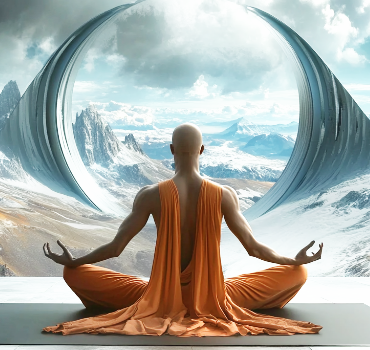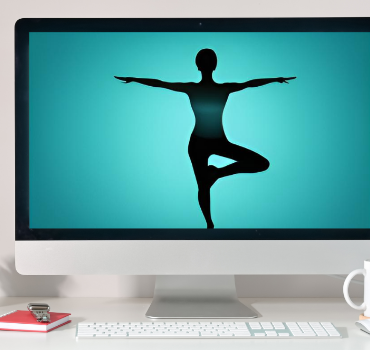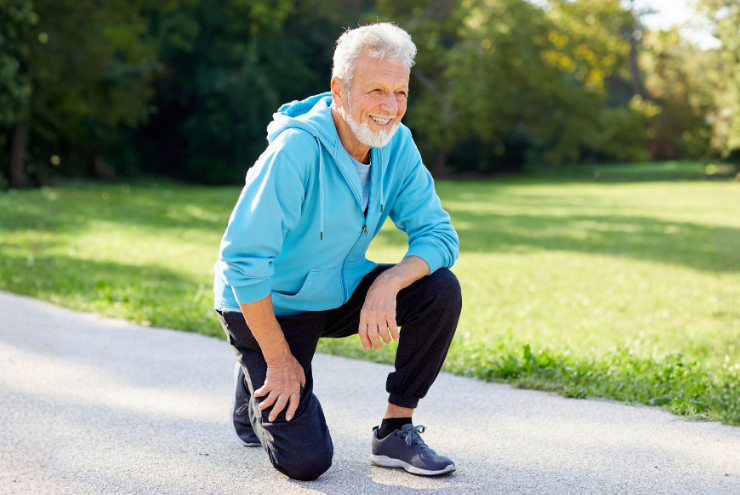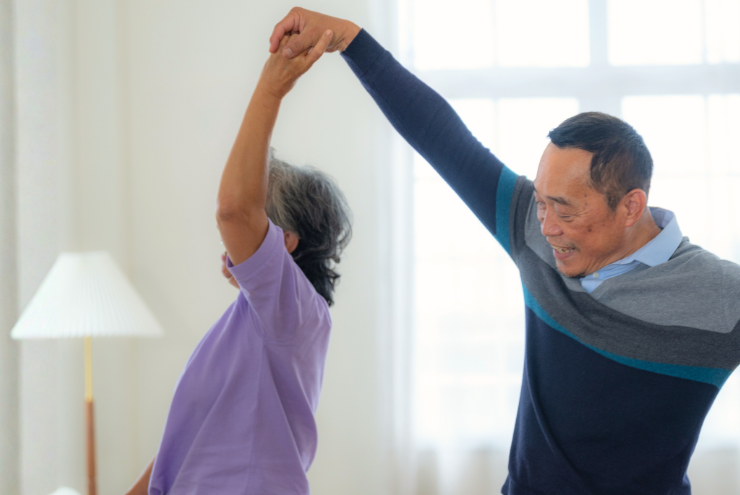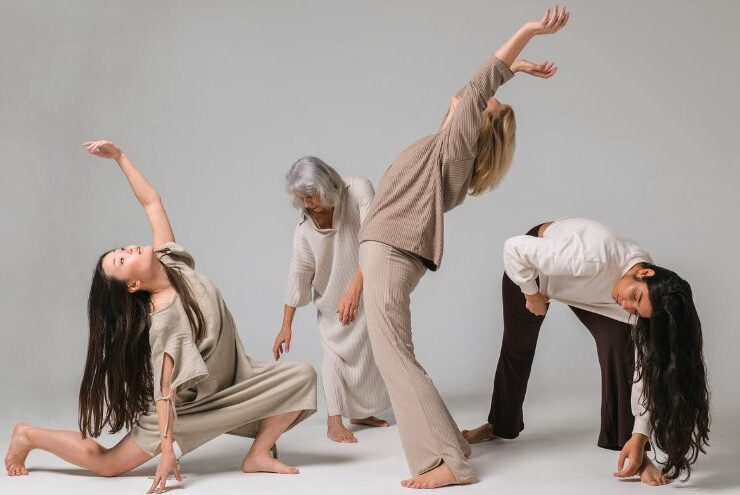AI in yoga: What does it mean to have or not to have a body?
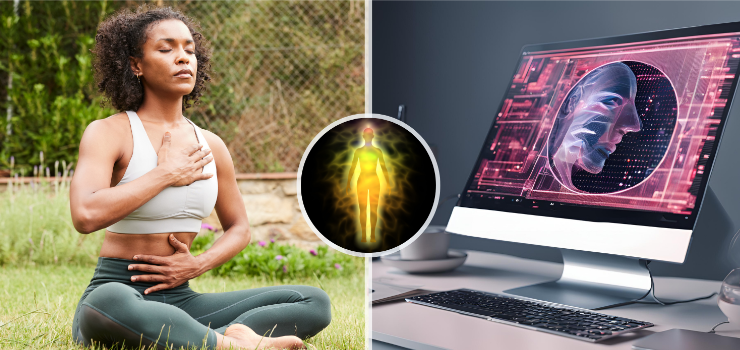
At the SYTAR (Symposium on Yoga Therapy and Research) conference earlier this year, Doug Keller, C-IAYT, made an off-hand comment during his presentation. He said something like, “People keep worrying that AI doesn’t have a soul. I am much more concerned about the fact that it doesn’t have a body.” Sounds like a reasonable concern. What exactly does this mean for the future of yoga and our yoga practice?
Let’s start at the beginning. What is AI? One simple definition is “AI is a catchall term for a set of technologies that make computers do things that are thought to require intelligence when done by people.” (1) Even this simple explanation is tricky because nobody can say for certain what human intelligence is and where it comes from. Currently, on the most basic level, AI is able to quickly pull information from a huge variety of datasets that were fed into it. But AI doesn’t just retrieve the data; it also combines and recombines it in creative ways. This is an important distinction to understand. Technology writer Ben Thompson has observed, “It’s important to keep in mind that ChatGPT is a large language model, not a knowledge repository. It has no knowledge of right or wrong, or truth or untruth; it is simply predicting the next word.” (1)
This game of prediction is the one that our brains play all the time; they try to predict the next thing to keep us safe and minimize the amount of effort we need to put into things. Our human predictions are based on our past experience and our assessment of the current situation. Having a body is a fundamental part of that process. Much of our intelligence is educated by our physicality: how we move through space, exist within this physical reality, the input we get from our senses and from within the body itself, how we interact with objects and people around us, and so on. This is a fundamental difference in why machine intelligence will never truly understand human intelligence and vice versa – we live in two different realities because a human has a body, and a machine does not. Our physical existence also places limitations on our human experience that don’t exist for machine intelligence. In other words, we have boundaries about what’s real and what’s possible, and the machine does not.
Since our yoga practice is grounded in the body, it is particularly interesting to see how AI can handle the tasks that are body-related. If you ask AI how it could be helpful in a yoga practice, these are some things that it lists:
- Personalized Routines: AI-driven apps can analyze your skill level, goals, and physical conditions to create custom yoga routines tailored just for you. These routines can adapt over time based on your progress and feedback.
- Virtual Instructors: Some AI-powered platforms offer virtual yoga instructors that guide you through poses with real-time adjustments and corrections. These can help ensure you’re doing the poses correctly and safely.
- Pose Analysis: AI can use computer vision to analyze your form during poses. By comparing your alignment with ideal poses, these systems can give you feedback on adjustments to improve your practice.
Basically, it claims to be able to create effective yoga practices, analyze body position in yoga poses, and customize your practice to your unique needs. Let’s put it to the test! Next time, we will discuss whether AI can create and lead a simple yoga practice; tune in!
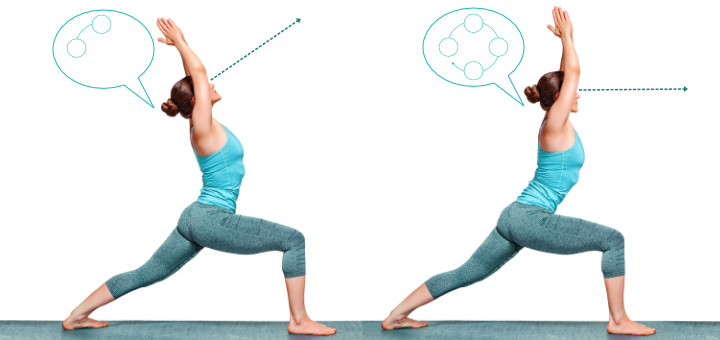
Read more about brain predictions
Predictions: How your yoga students’ brains respond to your class instructions
References
- What is AI? Everyone thinks they know but no one can agree. And that’s a problem by Will Douglas Heaven


